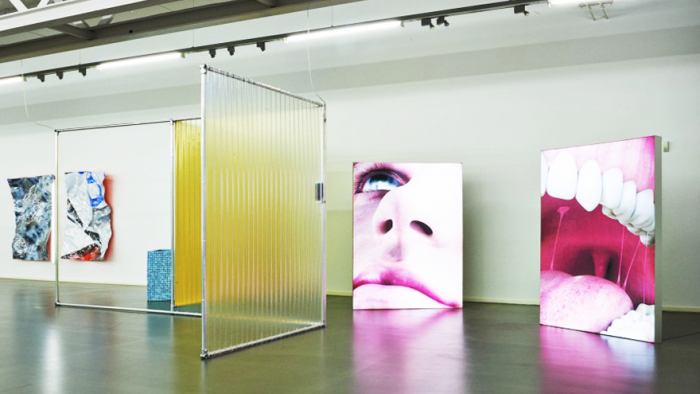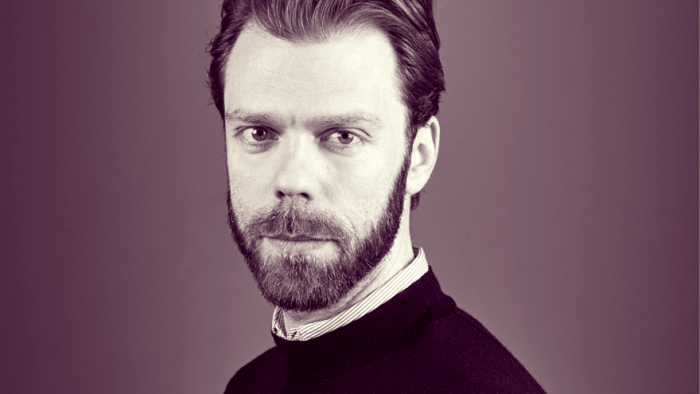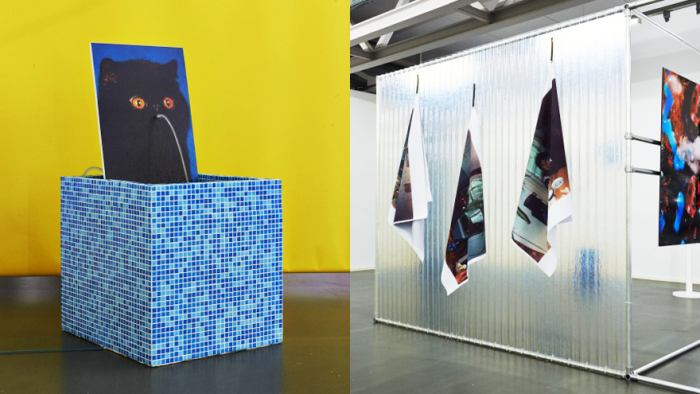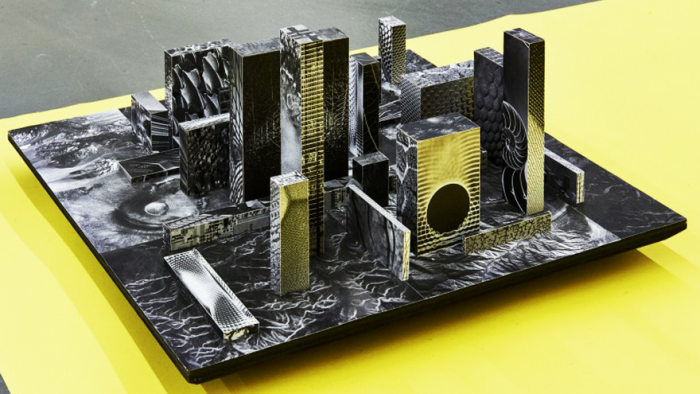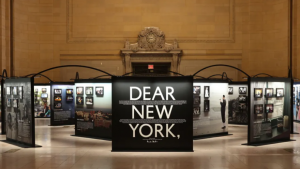What is happening to traditional photographers in this era of smartphone snapshots and slick photo-editing apps? To gain some insight into the impact amateur image-makers are having on photography , we spoke to Milo Keller, Head of Photography at design university École cantonale d'art de Lausanne (ECAL) in Switzerland.
Keller and his colleagues are introducing a curriculum called Augmented Photography, that takes into account the role of the DIY amateur in photography. It is their goal to rethink the way young photographers are educated about the industry they are to form part of. They want to shed more light on how images are made, treated and shared on the web.
Augmented Photography marks a new turn for ECAL as they are updating teaching methods to bring them in line with internet culture.
“We believe that, as an art school, ECAL needs to develop the creative potential offered by new technologies by embracing and responding to their impact,” says Keller. “Our Master program needed a new theoretical approach for the teaching linked with rapid developments in the photographic medium.”
The research part of Augmented Photograpy started with a series of panel discussions among artists, curators and designers between 2016 and 2017. The curators then put together an art exhibition, depicted in this article, that brings together past work of photographers that relate to the future of image-making and alternative photography.
Augmented Photography puts focus on the new tools available to anyone with a smartphone and how it affects the way money is being spent in the image-making industry these days. Eventually, this will form part of ECAL's new curriculum so as to give aspiring photographers a more true-to-life learning experience of their industry right now.
Augmented Photography is an example of integrating parts of the real world into the classroom from which many other schools can learn.
“The skill of the new generation of image producers is self-evident," says Keller, "Young creatives who are comfortable with new technologies and are able to jump from one format to another apparently without effort, will be the first to respond to the needs of tomorrow."
Keller says he's notice a shift even in how advertising agencies want a more personal, amateur-photography look for their campaigns since that is the aesthetic people online engage with daily.
For him it is vital that universities take notice of new technology and user behaviours. Students depend on teachers to act as the bridge into their chosen profession. It is no use producing young professionals that are maladjusted to the playground rules of the digital age.
More on art and photography:
Lyra Aoko uses the colour red as part of a photographic exploration of womanhood
"We already live in a dystopian world" – Fabrice Monteiro
Joshua Kissi on disrupting and diversifying stock photography

